Overview
Map
Other Details
كنيسة سيّدة الزروع
Deir El-Ahmar
Baalbek
Baalbek-Hermel
كنيسة سيّدة الزروع - دير الأحمرمنذ القرن السابع عشر سكن الرعاة النازحون من جبّة بشرّي والعاقورة بلدة دير الأحمر، وبدأوا ببناء كنيسة للسيّدة على اسم سيّدة الزروع بإذن مشايخ آل حرفوش، وحفروا بقربها بئراً. في الربع الأوّل من القرن السابع عشر سنة ١٦٢٥ انتُخب القس يوحنا من بيت قيزوح على دير مار اليشع بشري ودير الأحمر بحسب كتاب تاريخ الأزمنة للبطريرك الدويهيّ، وجُعلت هذه الكنيسة مقرًّا له. سنة ١٧٥٩ هُدمت الكنيسة بفعل زلزالٍ كبيرٍ ضرب المنطقة، ولم يبقَ منها سوى حجر عتبة الباب. أعيد بناء الكنيسة الحاليّة في النصف الثاني من القرن العشرين.The Church of Our Lady of ٍSown - Deir el AhmarFrom the beginning of the XVIIth century, many families of shepherds relocated from the regions of Bsharre and Aqoura to Deir el Ahmar. With the approval of the local lords of the Harfoush family, the locals began the construction of a church dedicated to our Lady of the Sown, and they dug a well near it. In 1625 Deir el Ahmar had a bishop as indicated by Patriarch El Douwaihy in his book Tarikh al Azmina where he talks about the monk John of the house Qaizouh bishop of the monastery of St Elishaa and Deir el Ahmar, this bishop had this church as a residence. In 1759 the church was destroyed by an earthquake and only a fraction of the tympant remained of the old church. The church was reconstructed in the second half of the XXth century.
Visited 3914 times, 3 Visits today
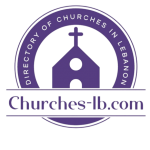


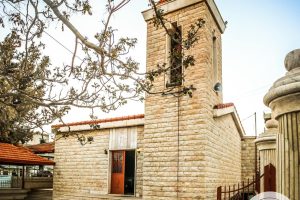
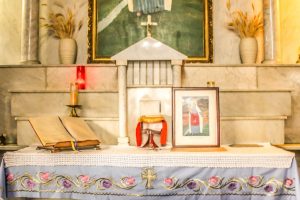
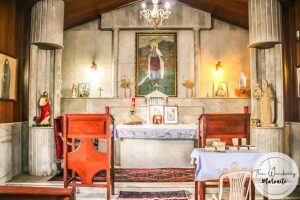



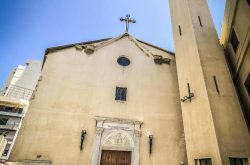
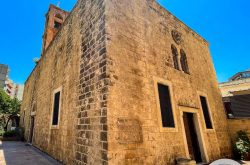
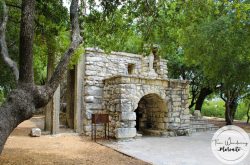
Reviews are disabled, but trackbacks and pingbacks are open.